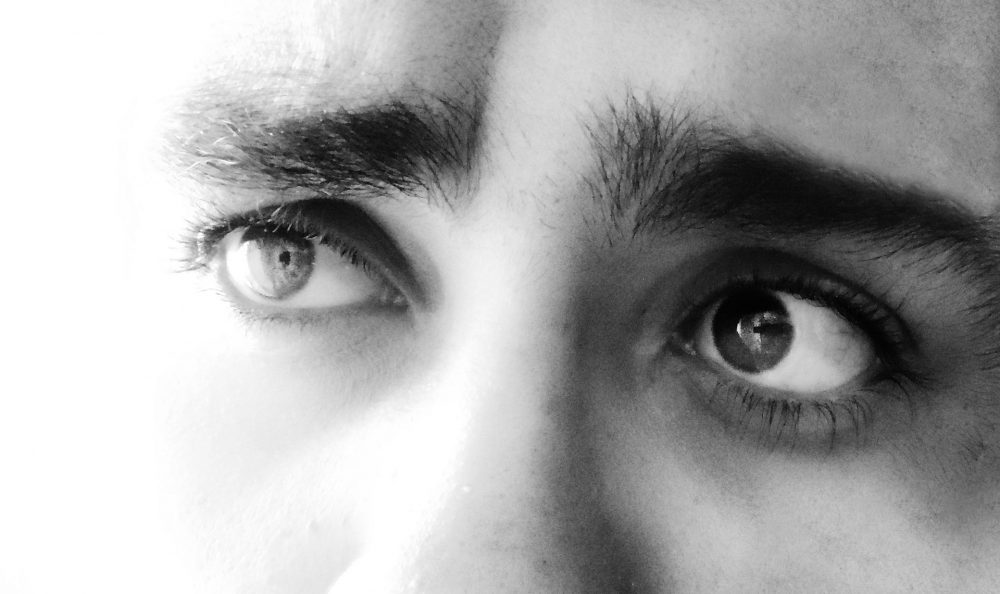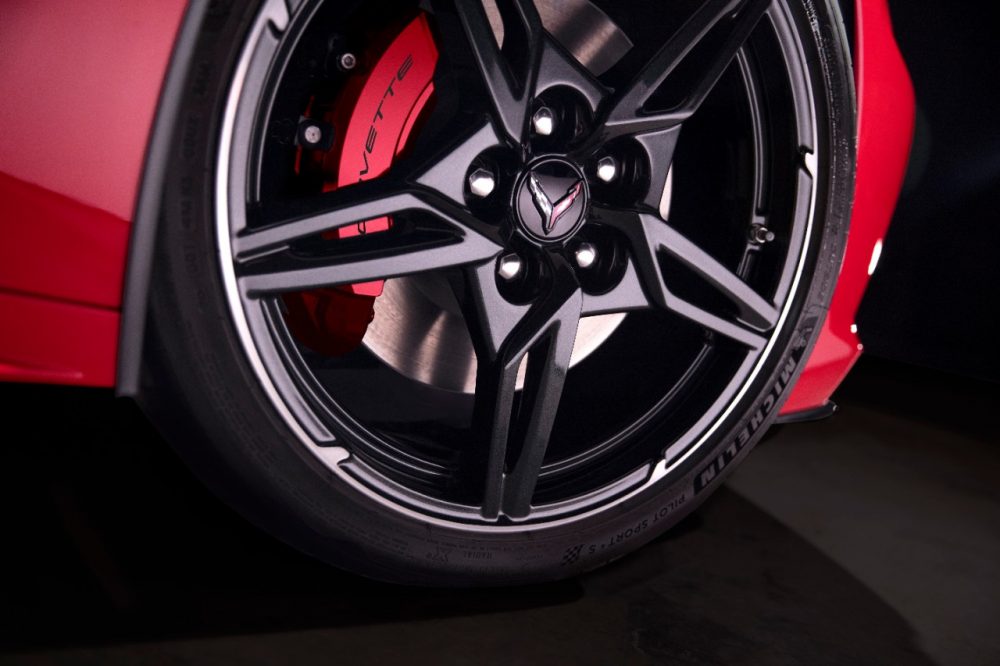What Makes Wheels Look Like They’re Spinning Backward?
If you’ve ever been in a car, watched a movie that includes cars, or seen a car commercial, you’ve probably seen the weird optical illusion that makes the wheels look as if they’re moving backward instead of forward — otherwise known as the “wagon-wheel effect.” So, I decided to do some research to figure out the cause of this phenomenon and pass my learnings on to you. Be warned; there’s a bit of obscure science in this one.
Scientifically superior: The all-new 2021 Cadillac Escalade
Through the lens

Car chases have long been a staple of blockbuster cinema, so it’s more than likely you’ve seen the wagon-wheel effect in action. According to Gizmodo’s Robbie Gonzalez, the reason that wheels look like they’re moving backward once a car gets up to speed has a lot to do with the way cameras work.
Understanding this concept means recognizing that moving images or motion pictures are technically illusions. They’re constructed from a series of still images that flash in front of us in such a way that our eyes can’t perceive the space between each picture and instead interpret them as continuous motion. The rate at which they appear on screen is called the “frame rate.”
That brings us back to the wheels. Gonzalez says, “with many movie cameras, that rate is 24 frames per second. When the frequency of a wheel’s spin matches the frame rate of the camera recording it (say, 24 revolutions per second), each of the wheel’s spokes completes a full revolution every 1/24 seconds, such that it ends up in the same position every time the camera captures a frame. The result is footage in which the wheel in question appears motionless.”
However, if a vehicle’s speed is just shy of what a camera can read at 24 FPS, it will appear to move in reverse, since the spokes will be photographed at varying degrees of progressive counter-clockwise positioning.
Through the eye

All of that raises the question: How does that make sense when I look out the window and see a Corvette zoom past with wheels that seem to be rolling in reverse? Gonzalez says there are two prevailing ideas.
The first is based on a theory published in the ever-so-thrilling publication “Proceedings of the National Academy of Sciences,” which was introduced by a neuroscientist named Dave Purves. In their proposal, they suggest that “humans perceive motion in a manner similar to a movie camera, i.e. not as one, continuous motion, but ‘by processing a series of visual episodes… the sequential presentation of discrete scenes.’”
But that idea — which was originally published in 1996 — didn’t stop another scientifically-minded David from challenging Purves’ concept just shy of 10 years later. According to Gonzalez, fellow neuroscientist David Eagleman noticed that “test subjects [who were] shown two identical wheels spinning adjacent to one another often perceived their rotation as switching direction independently of one another,” which directly contradicted Purves’ assertation.
His study found that the wagon-wheel effect was the result of something called “perceptual rivalry,” which Gonzalez defines as “the phenomenon by which the brain generates multiple (or flat-out wrong) interpretations of a visually ambiguous scene.” For instance, one of those pictures where you’re not sure whether you’re looking at a duck facing left or a rabbit facing right.
Unfortunately, there doesn’t seem to be a definitive answer as to why we sometimes see wheels moving backward when they’re actually moving forward, as other people, including Ishan Daftardar from Science ABC, are unwilling to choose between the options I mentioned above.
Either way, it’s certainly a bizarre — but mercifully harmless — mystery that gives us something to speculate about on long road trips when we’re tired of counting off Corvettes.
Raise your road-trip game: Experience the 2021 Chevrolet Traverse

The News Wheel is a digital auto magazine providing readers with a fresh perspective on the latest car news. We’re located in the heart of America (Dayton, Ohio) and our goal is to deliver an entertaining and informative perspective on what’s trending in the automotive world. See more articles from The News Wheel.


